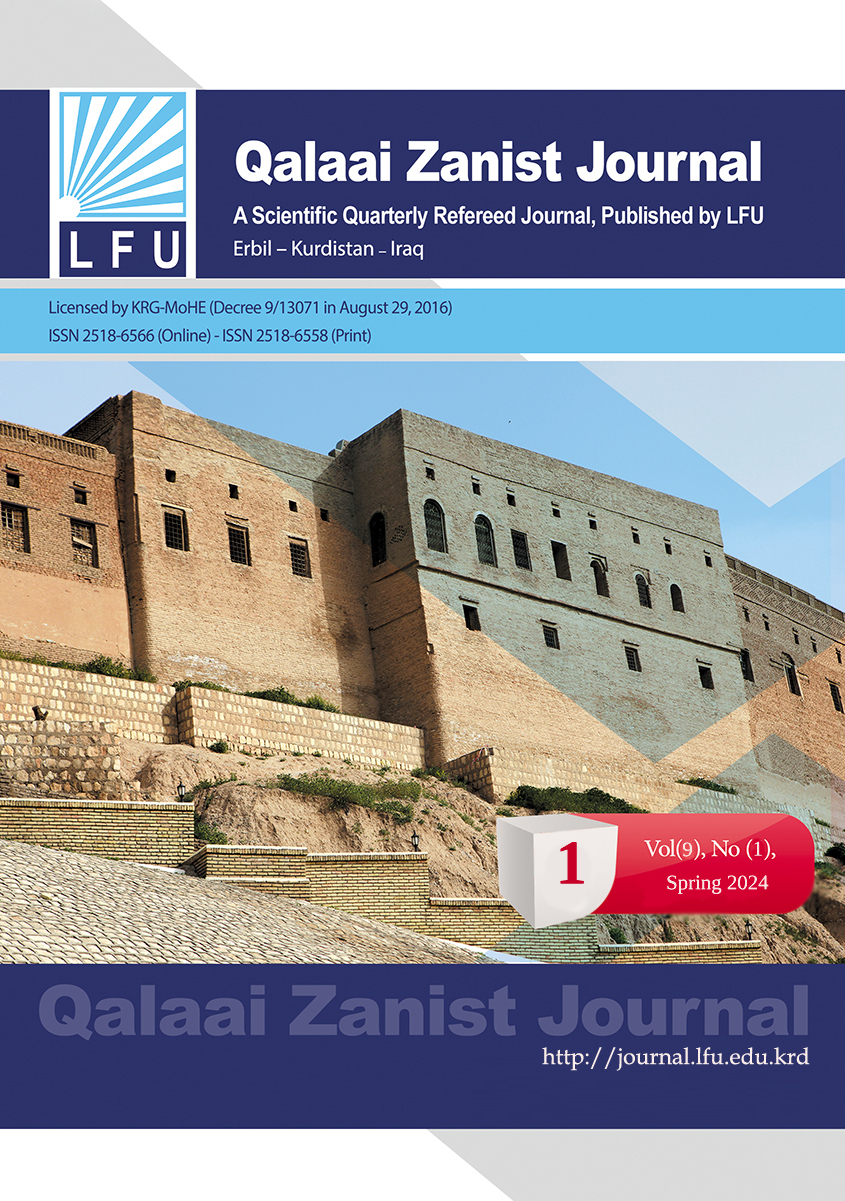The phenomenon of the synthetic inversion and its impact on the semantic expansion in the Hadith
##plugins.themes.bootstrap3.article.main##
Abstract
The phenomenon of the synthetic inversion and its impact on the semantic expansion in the Hadith
The speech can not be eloquent unless it is clear and understood by the interlocutor without ambiguity of the concept because of the non-observance of the foundations on which the basis of these words from the structures of words and verbal grammar and grammatical rules. The speech systems must be carefully observed, so that we can get benefit from the process of verbal. This is not easy because it is a complex procedure, different from one creator to another depending on its ability to perform, its rhetoric in expression, its keenness on understanding, and the purposes for which it was created.
There is a strange phenomenon observed in eloquent speech, in grammatical and rhetorical structures, and the construction of morphological and vocal words, recorded by the scholars of the grammarians and linguists , and they referred to it as "the inversion of speech" or "inverted speech." It is defined as a shift between the letters, occurs between the location of the two words in the sentence, in terms of function and expression. This phenomenon is not included in the introduction and delay in word combinations; because in presenting syntactic elements and delaying them in speech, the grammatical element retains its function, leaving only its position and rank to replace the position of another element and takes its rank, but in the inversion there is an exchange between the functions of the two elements, For example - the function of the news, and the effect of the function of the actor and so on, and this is strange in the distribution of grammatical functions in the composition.
This research monitors the inversion phenomenon in the Hadith and guidance in its composition, analysis and explanation and.
Downloads
##plugins.themes.bootstrap3.article.details##
How to Cite
Copyright (c) 2024 Amir Rafiq Awlla Almasifi

This work is licensed under a Creative Commons Attribution 4.0 International License.

